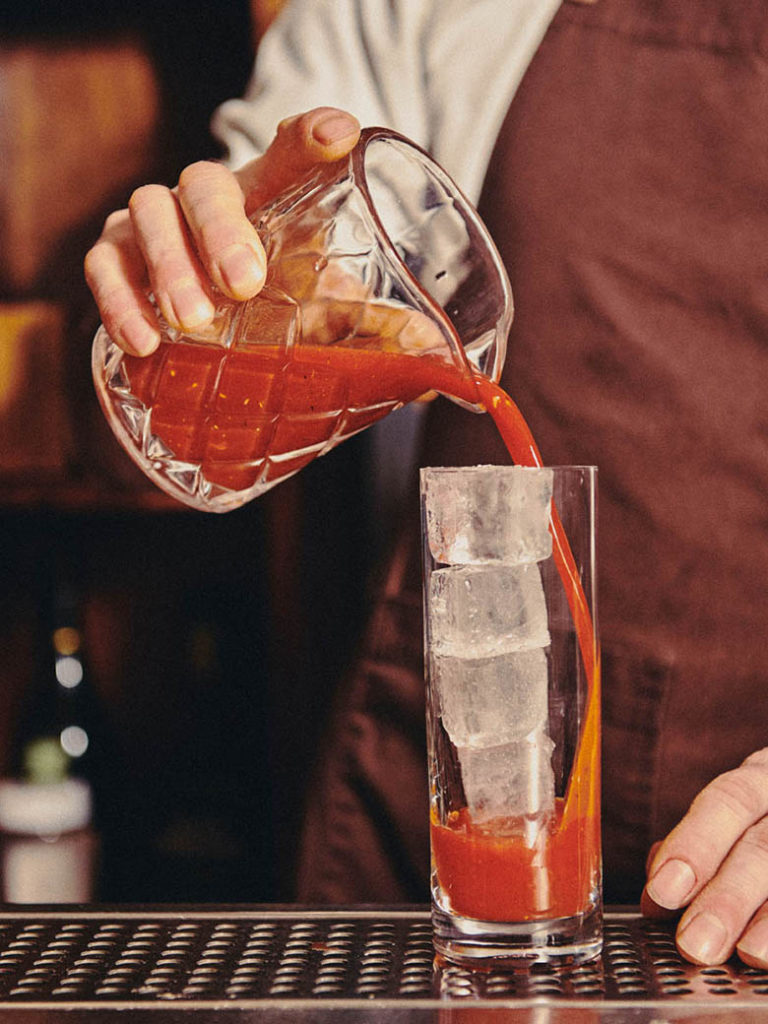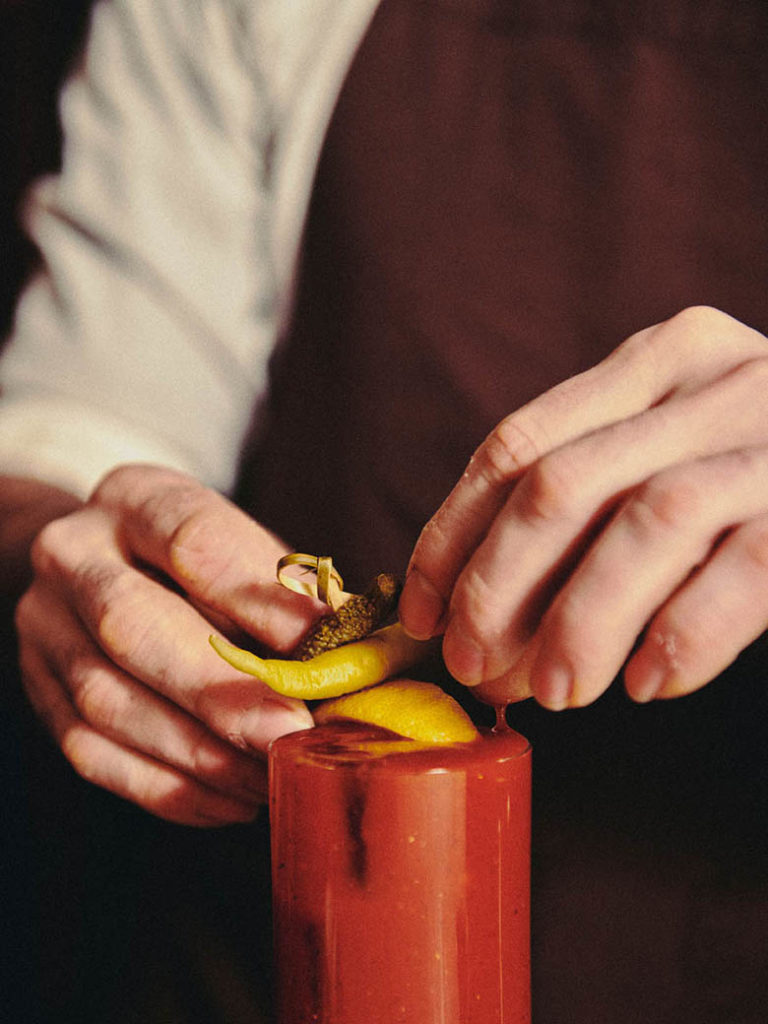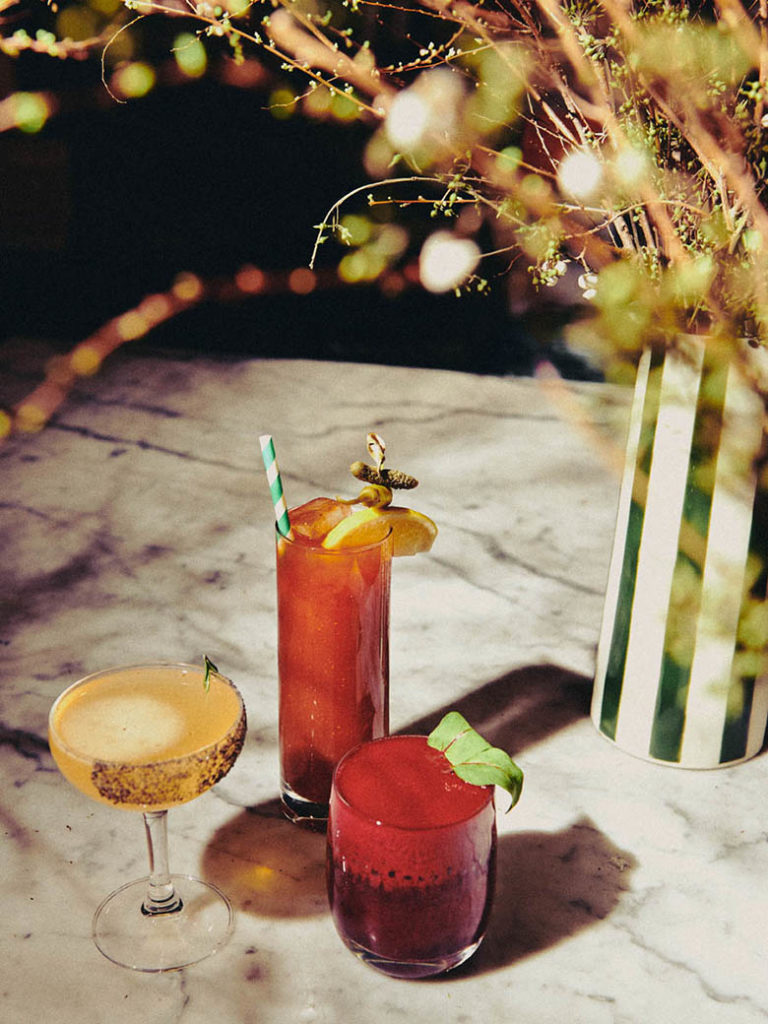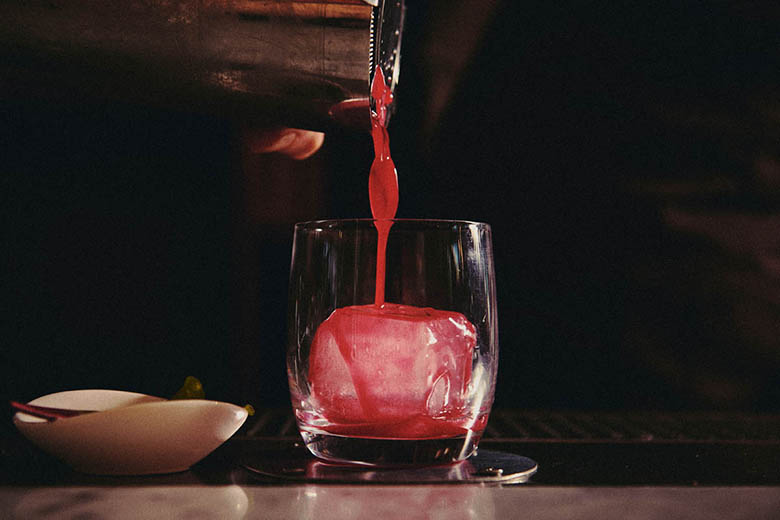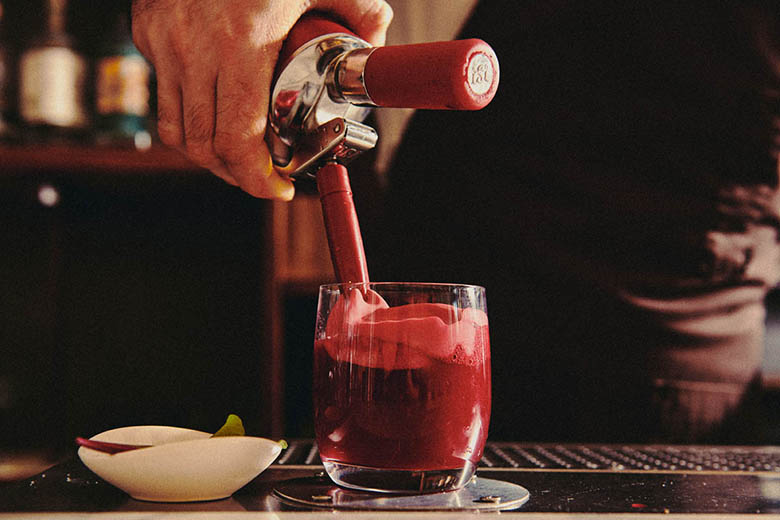
For a brief but exhilarating period in the summer of 2018, New York City was in the grip of straw fever. Seemingly out of nowhere, concern mounted over the plastic sippers adorning cocktails and iced coffees, and their collective environmental toll. A cringe-worthy video of a drinking straw lodged inside a sea turtle’s nose went viral. Joe Coffee, the coffee shop chain, nixed plastic straws from all 18 of its locations in July. Shake Shack announced in August that it would phase theirs out. Luke’s Lobster, Eataly and Daniel Boulud’s whole restaurant group were some of the dozens of New York City businesses that swiftly joined the “Give a Sip” campaign, working to remove plastic straws from their daily operations.

At Olmsted, a 50-seat restaurant in Prospect Heights, Brooklyn, plastic straws had already quietly disappeared back in April, before the furor began. Coasters—fancy, heavy paper ones, emblazoned with the Olmsted name for maximum Instagram appeal—got the axe around the same time. Greg Baxtrom, the restaurant’s chef and owner, worried about removing the usual cocktail trappings: Would service seem less polished? Would guests want them back? “It turned out there was zero pushback from guests,” he says. “It’s interesting to learn what conventions are there for a reason, and which are just bad habits.”
Tackling paper and plastic waste was a natural move for the bar at Olmsted, which, since opening on a quiet stretch of Vanderbilt Avenue in 2016, has evolved to become a case study in how a cocktail program can be used to help reduce a restaurant’s food waste.
It began with a drink called the Rosemary, perennially the restaurant’s best-selling cocktail: a smoky margarita variation made from mezcal infused with rosemary stems left over from the prep kitchen. In 2017, when Andrew Zerrip began working behind Olmsted’s bar, he noticed the drink’s clever use of kitchen odds and ends and wondered what else he could repurpose.

Before becoming a bartender, Zerrip spent years as a cook, and he felt at ease nosing around a restaurant kitchen. During the summer, he and Erick Lovendahl, who proceeded Zerrip as Olmsted’s head bartender, spotted cucumbers being salted and drained of their juice. Zerrip tasted the resulting liquid and loved its vegetal quality, both savory and refreshing. So he combined it with gin, simple syrup, lime juice and yellow Chartreuse for a variation on a Prohibition-era cocktail called a Last Word.
When winter came, beets flooded into Olmsted’s kitchen. Baxtrom was slicing them into neat ribbons for a salad, leaving behind trim. Zerrip put all the leftovers through a juicer, and used that fresh beet juice as the basis for the Beet, a tangy rum cocktail which also repurposes simple syrup previously used by the kitchen to confit lemons. Spare beet greens function as a garnish.
This type of repurposing at Olmsted was not without precedent. In the spring of 2017, Baxtrom had draped a sliver of Long Island fluke sashimi over a single blanched snap pea: snap pea sushi. The kitchen chose the prettiest ones, and the bar, helmed at the time by Mike Bohn, took the rest, muddling them with leftover pickling liquid, sake, and sweet vermouth for a new cocktail. “People loved it, because we froze English peas into the ice cube,” Zerrip recalls. In the summer, when Olmsted overbought on strawberries, Zerrip froze the extras at their peak. Gradually he thawed them, mixing their sweet juice with vinegar and tarragon to create a shrub, which went on the bar menu as a mocktail.
Then there’s the Bloody Mary. Olmsted makes its own hot sauce from ají dulce peppers, leaving behind quarts of spicy pulp. Last year, when the restaurant opened for brunch, the bar started using that as the basis for a housemade Bloody Mary mix, along with the liquid left over from pickling cornichons. Another brunch drink, a carrot mimosa, uses freshly squeezed carrot juice. Some of the remaining pulp gets mixed with salt and sugar, dehydrated and used to garnish the rim of the glass; the rest is sent back to the kitchen to use in a carrot falafel.
These days, at Olmsted’s bar, almost nothing goes to waste, although citrus remains a struggle. Lemon juice is a major component in craft cocktails, but leaves behind lots of spent rinds. Zerrip tries to get around that by using all the lemons first peeled or zested by the kitchen; in the past, the bar has grilled empty lemon rinds and blended them with simple syrup, but there isn’t always a way to use that unique flavor in a cocktail. Now, Zerrip simply tries his best to create cocktails that don’t require fresh juice. On the winter menu, five of Olmsted’s nine house cocktails use no juice at all.
All the focus on waste reduction hasn’t seemed to come at the expense of deliciousness: House cocktails make up over 90 percent of what the Olmsted sells, and the ones using kitchen castoffs are among the most popular offerings. For Zerrip’s part, when it comes time to design new ones, he doesn’t mind the extra challenge that conservation imposes. “The constraints make it easier, because I have a starting point,” Zerrip says. “I find it easier to think about the ingredient first and the alcohol second. It’s an interesting way of looking at cocktails, where you reverse engineer it.”



